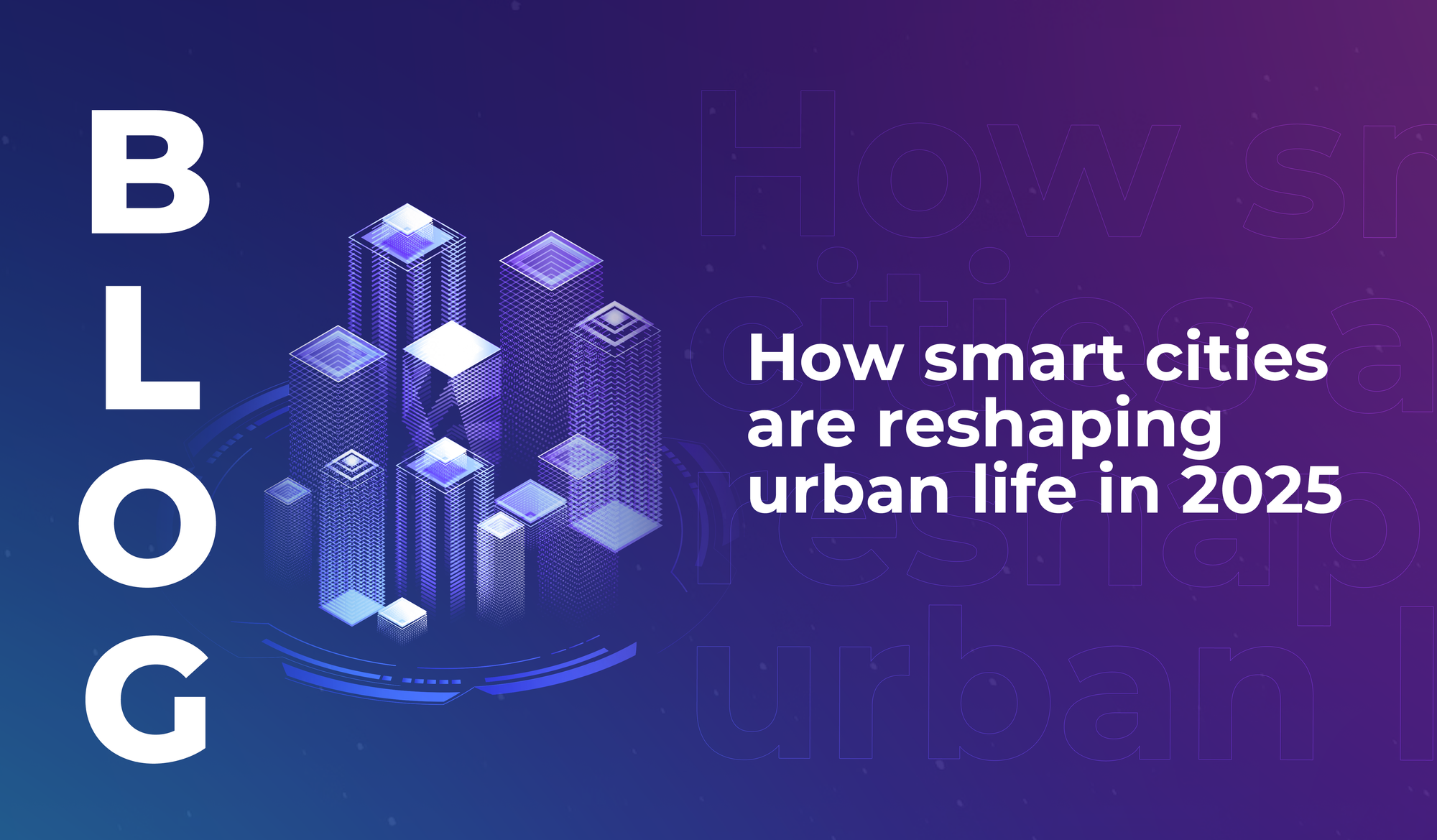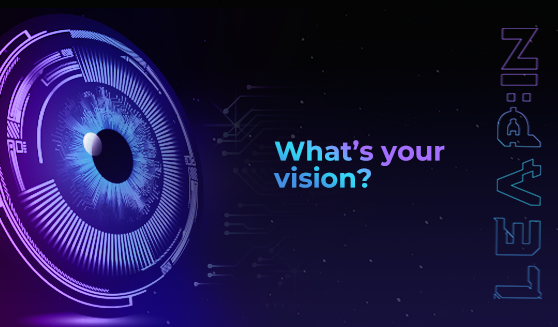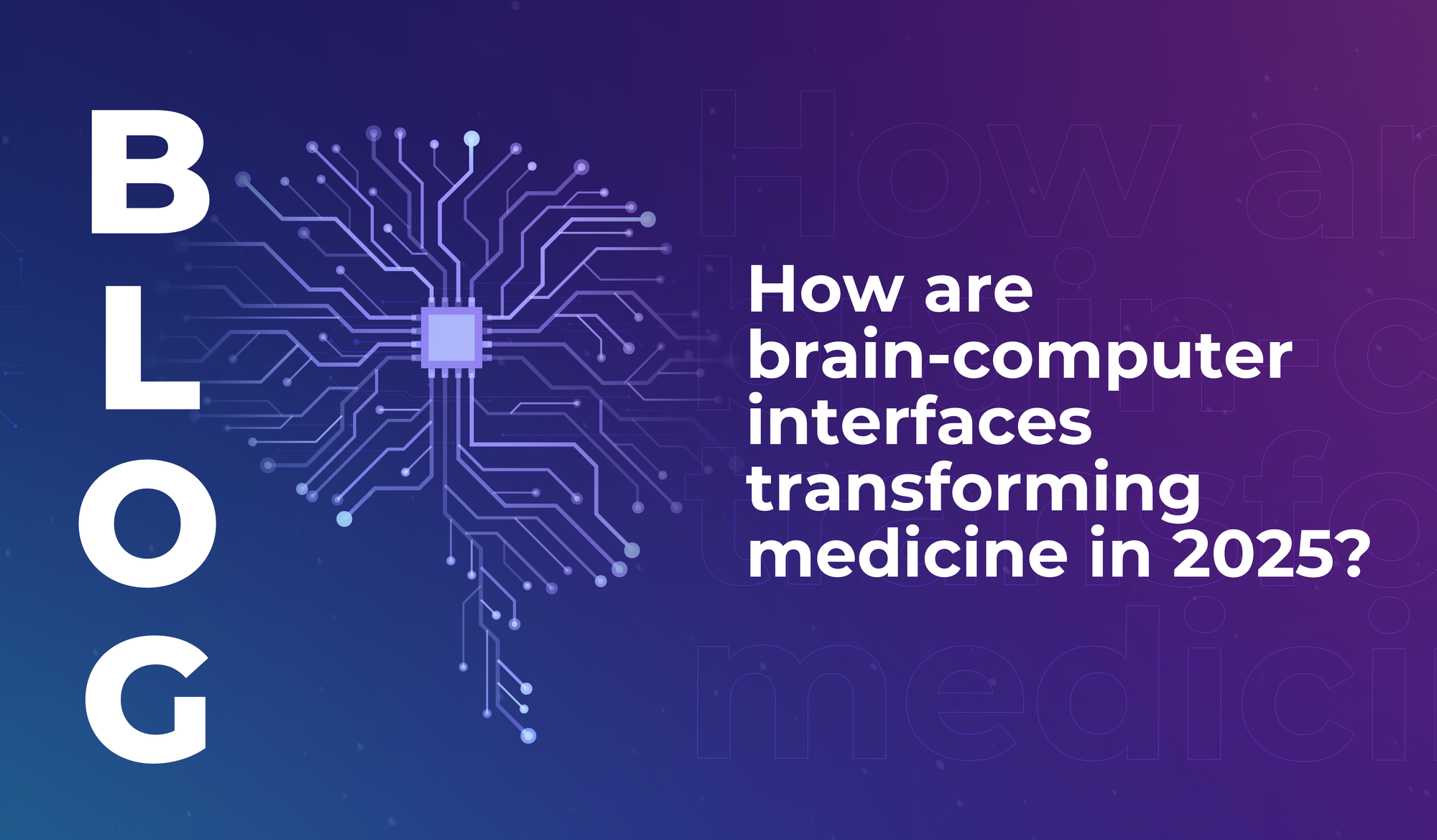
How smart cities are reshaping urban life in 2025
Discover the key drivers of positive smart city development, including collaboration, data literacy, and a sharp focus on sustainability.


Welcome to this week’s LEAP:IN newsletter. Each week, we unpack leader’s powerful quotes and decipher the tech landscape. With exclusive content from some of the world’s leading experts in AI, robotics, space, edutech, climate tech and more, read on to discover this week’s insights and subscribe to receive weekly updates direct to your inbox.
This week we’re quoting…
Nnenna Nwakanma (Chief Web Advocate at WWW Foundation)
What Nwakanma said:
“The vision of the World Wide Web, as stated by its inventor, is that humanity will use that technology for good.”
Is that really what the WWW’s inventor wanted?
By almost all accounts, yes. British scientist Tim Berners-Lee invented the WWW in 1989. He was working at CERN at the time, and he developed the web to answer the need for an automated information-sharing system between universities and scientists.
The Internet, in a more rudimentary form, already existed at that point — the first viable prototype was created in the late 1960s. It was called ARPANET, funded by the U.S. Department of Defence, and it was built on a complex switching system.
Fast forward to 1989 and Berners-Lee created the WWW, on the Internet, building a functional, shareable, and scalable information system rooted in Internet tech.
Back in the 80s and early 90s, Berners-Lee said a lot of things about how he hoped the WWW would be used.
Things like this…
“We should work toward a universal linked information system, in which generality and portability are more important than fancy graphics techniques and complex extra facilities. The aim would be to allow a place to be found for any information or reference which one felt was important, and a way of finding it afterwards.“ (source)
…and this
“The power of the Web is in its universality. Access by everyone regardless of disability is an essential aspect.” (source)
This, by the way, was the first ever web page
Check it out. It was restored by CERN in 2013, having originally been hosted on Berners-Lee’s NeXT computer.
What’s Berners-Lee saying now?
He’s urging the world to rethink the World Wide Web. In an interview with Bloomberg on May 4th 2022, he said:
“Initially, in the pre-web days, when people were using the Internet to exchange files, the mean was that the Internet is neutral. That humanity is good and bad, and you can [connect many people] in a chatroom and you will find good and bad people. But actually, now because we have these different platforms…actually no. The message is really that the way you design it is important.”
(Go and watch the whole interview, you’ll find out what Berners-Lee is up to now).
So tech design isn’t neutral
And that’s something we (innovators, investors, tech companies, governments, and individuals) need to focus on as we create the technology of the future.
How can technology be designed for a positive experience and a positive impact?
How can tech reduce the divide between the haves, and the have-nots?
How can tech design be more inclusive?
How can we design a digital future in which the WWW (or whatever comes next) really is for everyone?
And…
Luís Figo (Ballon D’or Winning Football Legend)
What Figo said:
“I have an idea that in football, you can’t lose the sense of ‘what is football’…I think that technology shows how innovative tools can improve the game. Technology will not decide winners or losers, but makes the game fairer.”
But also, tech is making players better at football
Inspired by Figo, we wrote a blog post that looks at the ways in which goal line tech, video assistance referee (VAR), and digital scouting tools are making football more fair. But we didn’t talk about the fact that technology is also making players…well, play better.
How?
Heart rate monitors, GPS trackers, advanced monitoring and camera systems, and even training sessions with drones are all being used to gather acute data on player performance and strategy.
We’re impressed by…
The GMR smart shoe from Google, Adidas, and EA. It’s an insole and app system that measures data on kicks, running distance, passing, and more. Coaches can use it to fine-tune training, and also to spot changes in player performance which might indicate future injuries.

Discover the key drivers of positive smart city development, including collaboration, data literacy, and a sharp focus on sustainability.

Some of the most experienced tech investors in the world share their insights and advice to help new investors on their path to success.

Discover how brain-computer interfaces (BCIs) are creating new possibilities in healthcare and medicine.

Discover the key drivers of positive smart city development, including collaboration, data literacy, and a sharp focus on sustainability.

Some of the most experienced tech investors in the world share their insights and advice to help new investors on their path to success.

Discover how brain-computer interfaces (BCIs) are creating new possibilities in healthcare and medicine.